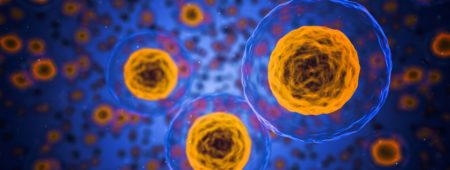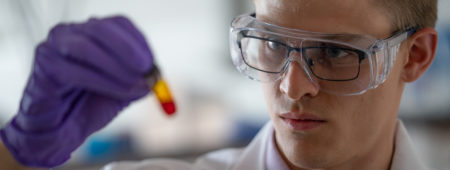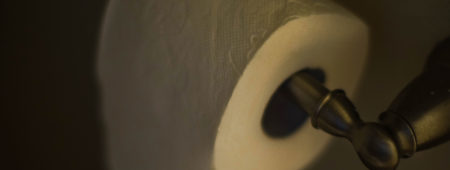
Reinventing the Toilet

Ruby Lai knows firsthand the dangers of poor sanitation: She spent childhood summers with her grandmother in a rural part of China that still used chamber pots. Today, that experience is driving her to reinvent the toilet.
Every year, lack of proper sanitation kills 300,000 children under the age of five, mostly from diarrhea, according to the World Health Organization. An estimated 2.5 billion people don’t have access to safe sanitation, especially in sub-Saharan Africa and Southeast Asia.
“I was drawn to improving sanitation because of my personal experience,” said Lai, an associate research scientist at Columbia University in New York and visiting scientist at Stanford University School of Engineering in California. “At my grandmother's house, we used a chamber pot that she emptied into the river where we also washed our clothes. I was one of the children who got diarrhea. It was terrible.”
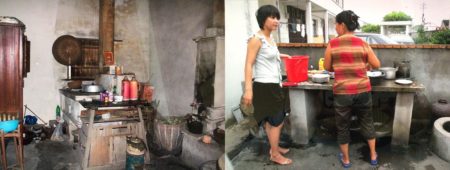
Supercharged Microbes
To reach large numbers of people without toilets, sanitation technology must operate off-grid without connections to water, sewer, or electrical lines, remove germs from human waste, and be inexpensive.
To achieve this, Lai is working with Bacillus microbes to accelerate their digestion of fecal material. These active and fast-growing microbes are an ideal candidate because they can withstand the inconsistent and intermittent feeding conditions expected from a toilet operating in a single household. The microbes also offer an alternative to standard composting toilets, which require people to handle treated materials on a weekly basis.
To supercharge the microbes, Lai uses techniques that mimic the process of natural selection. She subjects Bacillus genes to repeated rounds of chemical mutagens. The desired mutated genes are then selected and amplified. This approach is known as directed evolution, a component of synthetic biology, which is a field of science that involves redesigning organisms to have new and useful abilities.
“Most reinvented toilet projects have used physical or chemical technology. This is one of the first to focus on reinventing the biological processes,” Lai said. “Microbes can do the work more cheaply.”
Bacteria have been used in the wastewater treatment process since 1910. Using air circulation to help organic matter decompose reduces the level of combustible biosolids by 70 to 80 percent. Lai is trying to improve the process so that even smaller levels of biosolids remain. The microbes already generate metabolic heat as they consume the material; Lai wants to push the metabolic temperatures to 140 degrees Fahrenheit or higher in order to kill disease-causing pathogens. By operating at that temperature, Lai ensures that even the hardiest of the fecal pathogens, helminths, are killed within four hours.

Connection to the Gates Foundation
With help from the Hertz Foundation, Lai began working on the problem through an internship with the Bill & Melinda Gates Foundation. She contributed to the Foundation’s Water, Sanitation, and Hygiene program and its Reinvent the Toilet Challenge. Launched in 2011, the project seeks to generate and support new approaches for toilet technologies that safely, cheaply, and effectively manage human waste.
“I became connected to this research topic in international development through Hertz Foundation member Philip Welkhoff and Lowell Wood, who are also affiliated with the Bill & Melinda Gates Foundation,” Lai said. “The Hertz Foundation has been a huge source of inspiration to me,” she said. “There are so many great people associated with it. They bring together groups of amazing people.”
After her internship, she was tapped to lead the current research project, a joint effort by her home institution, Columbia University, and Stanford University, where she earned her PhD in physics. Her collaborators include Professor Kartik Chandran (Columbia) and Professor Craig Criddle (Stanford).
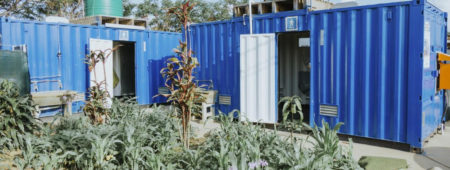
Reducing Global Emissions
In addition to reducing human suffering, a reinvented toilet might also play a role in reducing global emissions, she said. “While it's not one of the biggest contributors, the treatment of waste contributes 2 to 3 percent to global emissions levels.”
A reinvented toilet could also be big business, Lai said, noting that "the Gates Foundation estimated that a reinvented toilet has the potential to be a $10 billion-a-year business opportunity.”
Lai is committed to helping people and working on big, challenging problems. “If I can help in some way, even if the technology doesn’t pan out, I’ll be glad to have contributed to fixing this problem,” Lai said. “My parents support me, but they also think my research is kind of gross. Even though it’s gross, it’s important, and someone’s got to do it.”
By Jeannine Mjoseth
